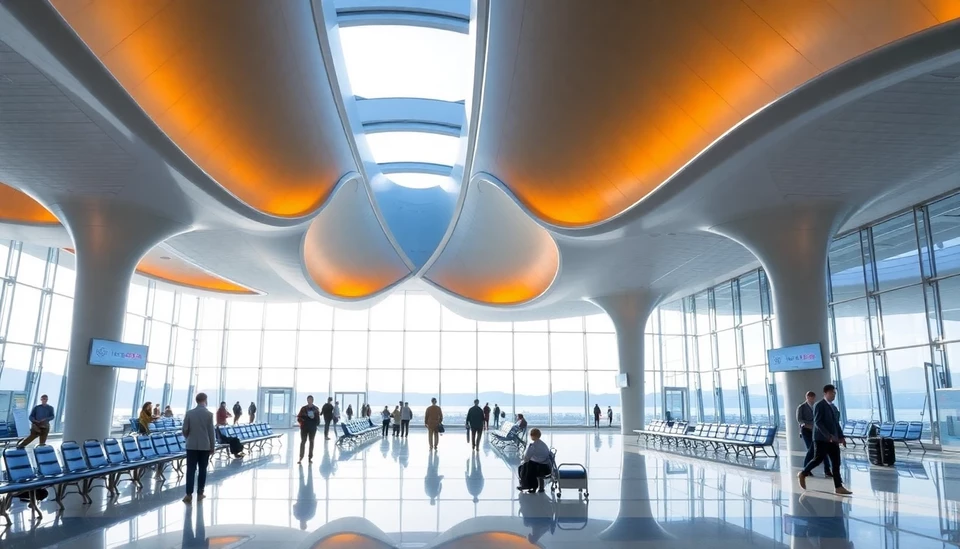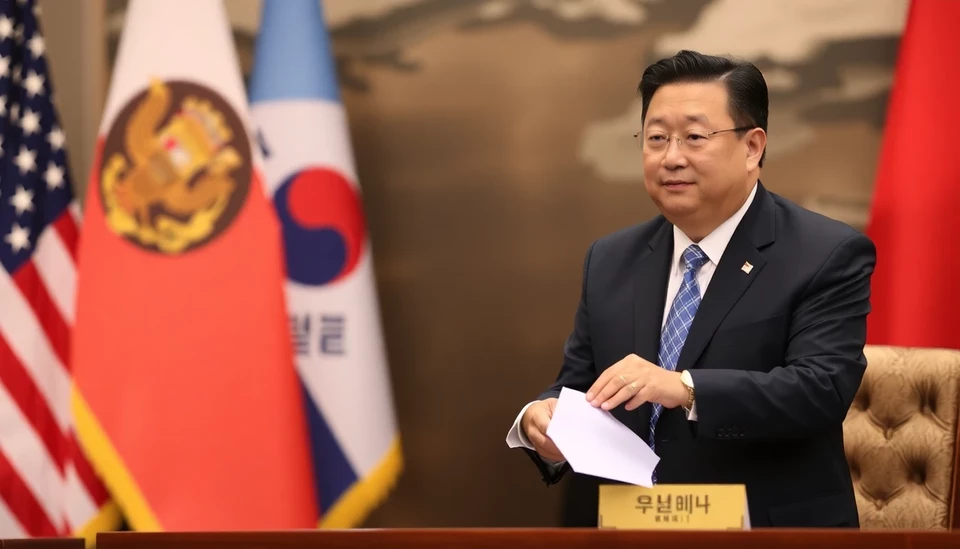
In a decisive response to the tragic crash of a Jeju Air flight that resulted in multiple fatalities, authorities in South Korea are planning to overhaul the design of their airports. This initiative, which has garnered widespread attention, aims to enhance safety measures and improve overall passenger experience in light of the devastating incident.
The crash, which occurred last week, was a harrowing episode that shook the nation. Investigations revealed that a series of design flaws at the airport may have contributed to the disaster. As a result, safety experts have urged for immediate reevaluations of current airport layouts and operational protocols.
In a press conference held by the Ministry of Land, Infrastructure and Transport, officials announced that they will be carrying out a thorough review of existing airport designs across the country. Emphasis will be placed on incorporating more advanced safety features and creating more efficient emergency response procedures.
Among the proposed changes are enhancements to runway layouts, improved signage for navigating emergency situations, and the introduction of state-of-the-art navigation systems to better guide aircraft during takeoff and landing. Furthermore, the ministry plans to consult with international experts to ensure that the designs meet global safety standards.
The implications of this redesign extend beyond mere aesthetics; they signal a paradigm shift in how South Korea prioritizes aviation safety. The government aims not only to rectify the shortcomings revealed by the Jeju Air crash but also to restore public confidence in air travel. The anticipated changes come at a time when aviation in South Korea is experiencing a rapid resurgence following pandemic-era restrictions.
The Jeju Air crash serves as a grim reminder of the inherent risks associated with air travel and the critical importance of stringent safety measures. In the wake of the accident, public outcry has spurred a collective demand for comprehensive reassessments of airport operations nationwide. The Ministry of Land, Infrastructure and Transport is expected to release detailed proposals in the coming months, and public consultations are anticipated to gather additional insights from various stakeholders.
As South Korea turns this tragedy into an opportunity for progress, the global aviation community will be closely watching the country's actions. Setting a new standard for safety protocols could potentially influence airport design strategies worldwide, ensuring that lessons learned from the Jeju Air crash are not forgotten.
In conclusion, the fatal Jeju Air accident has catalyzed a critical reassessment of airport safety protocols in South Korea, marking a significant step toward safer air travel in the nation. The initiative reflects a commitment to both human life and the broader responsibility of safeguarding the future of aviation.
#SouthKorea #JejuAirCrash #AviationSafety #AirportDesign #PublicSafety #EmergencyResponse
Author: Samuel Brooks




